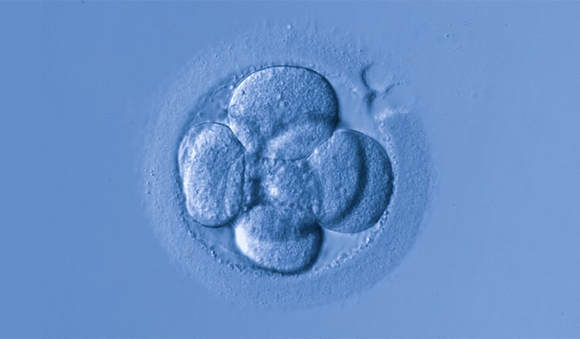ASSISTED LASER HATCHING
Laser power-assisted Hatching (LAH) is a further work technique designed to boost the power of power-assisted optical device hatching generative technology methods like IVF & ICSI.

A shell known as zona surrounds the sterile egg. The complex body part has a vital role in fertilization because it permits just one sperm cell to penetrate the complex body part and enter the egg to attain fertilization. After fertilization of the egg, during the break stage of an embryo, zona pellucida hardens. This development is common and also the purpose is to stay the cells within the egg along. The embryos ought to “hatch” or flee of the complex body part so as to introduce into the mucosa lining of the cavum. This occurs concerning 2-3 days when embryo transfer once the embryo is at the blastula stage. Naturally, this takes place by growing/shrinking of the complex body part till it distorts, allowing the blastocyst to “hatch”. When sperm and eggs are cultured in IVF laboratory, the zona pellucida hardens at a much faster rate than in a natural cycle, making it more challenging for the embryo to implant.
Prior to implantation, the embryo has to escape out of its zona pellucida by a method known as hatching. If this process is not completed properly, implantation failure occurs and pregnancy cannot be achieved. Served hatching is the method of creating a hole in zona, to aid the embryo in the hatching process.
Laser technology for power-assisted Hatching (LAH), where an accuracy laser beam is directed over the zona pellucida making a small opening, between 10-20 microns to promote embryo hatching. LAH is done just before the Embryo Transfer. This improves implantation and helps increase Pregnancy rates. A Fast, Safe methodology compared to the previous methodology of hatching, that used AN acidic medium (expelled onto the complex body part to make a little hole). The accuracy of the laser is determined by its programming and is therefore not reliant on the skill of the operator. There is a high degree of reproducible accuracy. We also recommend that run embryos should be handled with Laser Assisted Hatching before Embryo Transfer to maximize success rates.